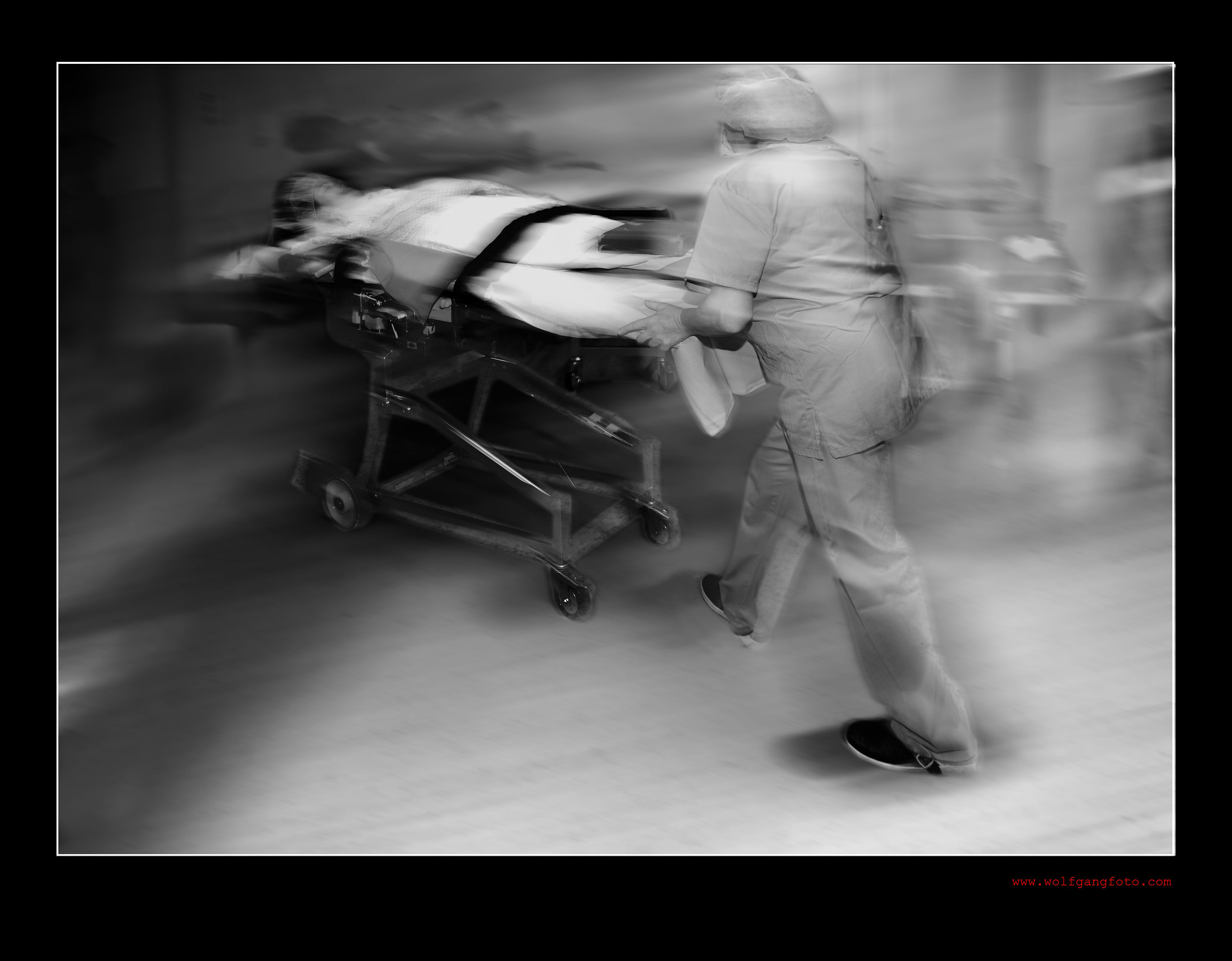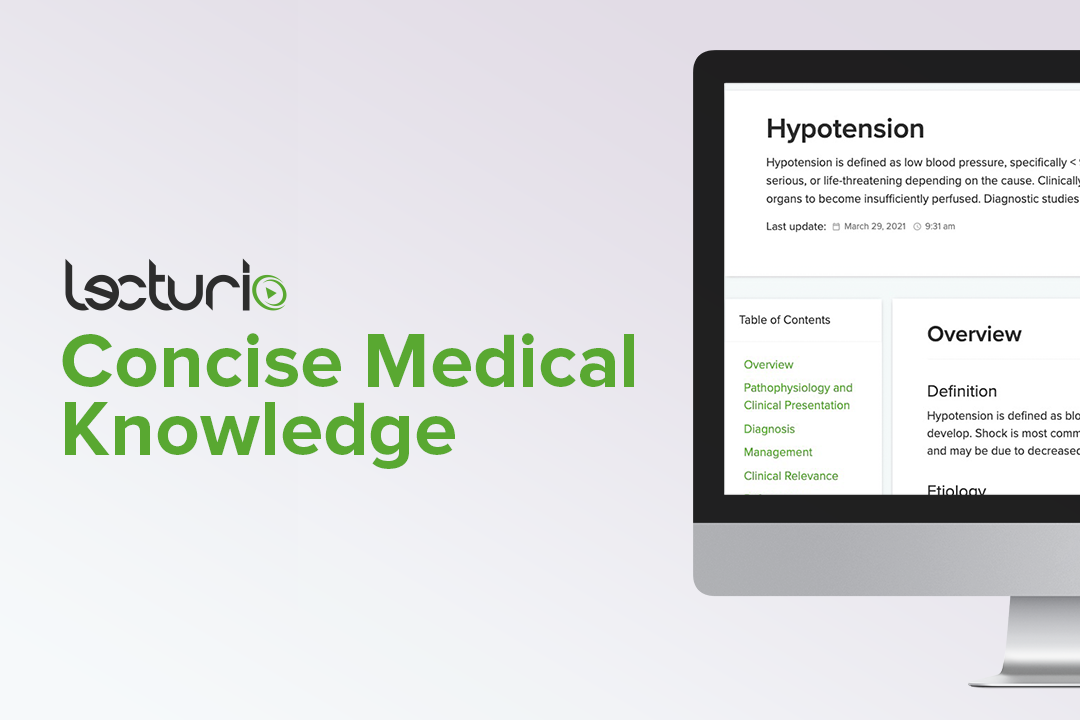Playlist
Show Playlist
Hide Playlist
Hypotension and Shock: Pathogenesis
-
Slides 07 VascularMedicine advanced.pdf
-
Reference List Vascular Medicine.pdf
-
Download Lecture Overview
00:01 Each of these can result in the shock state. A number of factors can lead to this, as I've already said. The body has defense mechanisms. Remember, we talked about that in the last lecture: all the ways that the body defends a good blood pressure. But what happens in shock is that these defense mechanisms are overwhelmed, and the blood pressure decreases despite all of the attempts of the renin–angiotensin system, the antidiuretic hormone, the sympathetic nervous system—everything working to try and keep the blood pressure up, and yet they fail. For example, let's take one, a very common one: an infection in which the bacteria get into the bloodstream. What happens here is that when these bacteria get into the bloodstream, a whole lot of hormones and various chemicals are released, some of which are attempting to hold the blood pressure up. But others actually work against the system because of the invading germs, the invading bacteria in the bloodstream, and they actually depress the blood pressure. And they depress heart contraction, so that the cardiac output goes down and the peripheral resistance goes down and blood pressure falls catastrophically. So this is one of the major factors for causing shock, and this is often called bacterial shock or sepsis. 01:25 In the normal blood pressure, as we've talked about, the arterioles constrict or dilate according to activity from the sympathetic nervous system and the various hormones in the blood that control the blood pressure, and they maintain the blood pressure in a normal state. But in the shock state, again, chemicals and hormones that are released into the blood often cause the arterioles to stay dilated and, therefore, keeps the peripheral vascular resistance markedly low. And that leads to very low blood pressure and low blood flow into critical organs: the brain, the heart, and the kidneys. 02:04 So here you see it in a table, all of it put together. The defense mechanisms maintain a normal blood pressure and are overwhelmed because the… resulting in the blood pressure decrease. There are circulating components of the immune system that help fight bacteria but also cause peripheral dilation of the arterioles and decrease in peripheral resistance and a decrease in blood pressure, and that… the normal constriction of the blood pressures to… of the arterioles to raise the blood pressure doesn't occur. In fact, the opposite occurs: The vessels dilate. Peripheral resistance goes down. Blood pressure falls catastrophically.
About the Lecture
The lecture Hypotension and Shock: Pathogenesis by Joseph Alpert, MD is from the course Arterial Diseases.
Included Quiz Questions
The pathophysiology of shock can involve all but one of the following entities. Identify the INCORRECT entity.
- Increased urinary output.
- Organ malfunction.
- Increased levels of blood adrenaline (epinephrine) and noradrenaline (norepinephrine).
- Circulating substances that depress blood pressure.
Customer reviews
5,0 of 5 stars
| 5 Stars |
|
5 |
| 4 Stars |
|
0 |
| 3 Stars |
|
0 |
| 2 Stars |
|
0 |
| 1 Star |
|
0 |





